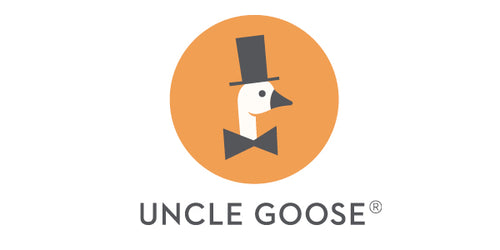
Why Tactile Learning Is So Important
Here's a thought experiment for you:
Imagine your elementary school teacher saying you don’t need to learn any individual letters anymore. Instead, a recorded voice will always be available to read information to you.
And then, the teacher assigns all your written materials in audiobook form — no papers or books required. You don’t ever need to write anything, either, because a computer can always type up whatever you say out loud.
Yikes! That doesn’t help you think independently, does it? Nor does it allow you to effectively learn about the rules of grammar.
To understand grammar, you first want to get to know each letter as an individual. That’s foundational.

Then, you learn how letters come together. You form words, sentences, paragraphs, books, and much more!
Blocks are important for letting learners understand letters and numbers. Children see letters, and they can also touch and move each letter.
Touch is important for gaining literacy. And literacy lets you become more independent. Louis Braille understood this well.
That’s why Braille published his tactile literacy system in 1829. Blinded as a child, Braille created his system of raised dots. He did this so that people with blindness or low vision can read and write for themselves.
In the late 1800’s and early 1900’s, the Braille system became popular. In 1918, the US adopted Braille as its official tactile reading and writing system. By the 1950’s, over half of children with blindness learned Braille.
But ever since the 1960’s, fewer people are learning Braille. Today, about 1 in 10 Americans with blindness are literate in Braille.
What happened? Why the massive drop in Braille literacy?
One huge factor is the rise in access to technology. More people are using apps on their smart phones and computers instead of reading Braille.
Today, audiobooks and screen reading technologies are widely accessible. These popular technologies let people read written work with their ears.
While reading with your ears is useful and valuable, don’t forget to drill on the foundations. If you’re sighted, get to know each letter by sight, sound, and touch. And if you’re not sighted, learn your letters by touch and sound.
Get to know each letter as an individual! Use as many of your senses as you can. It helps you learn and think more deeply.


